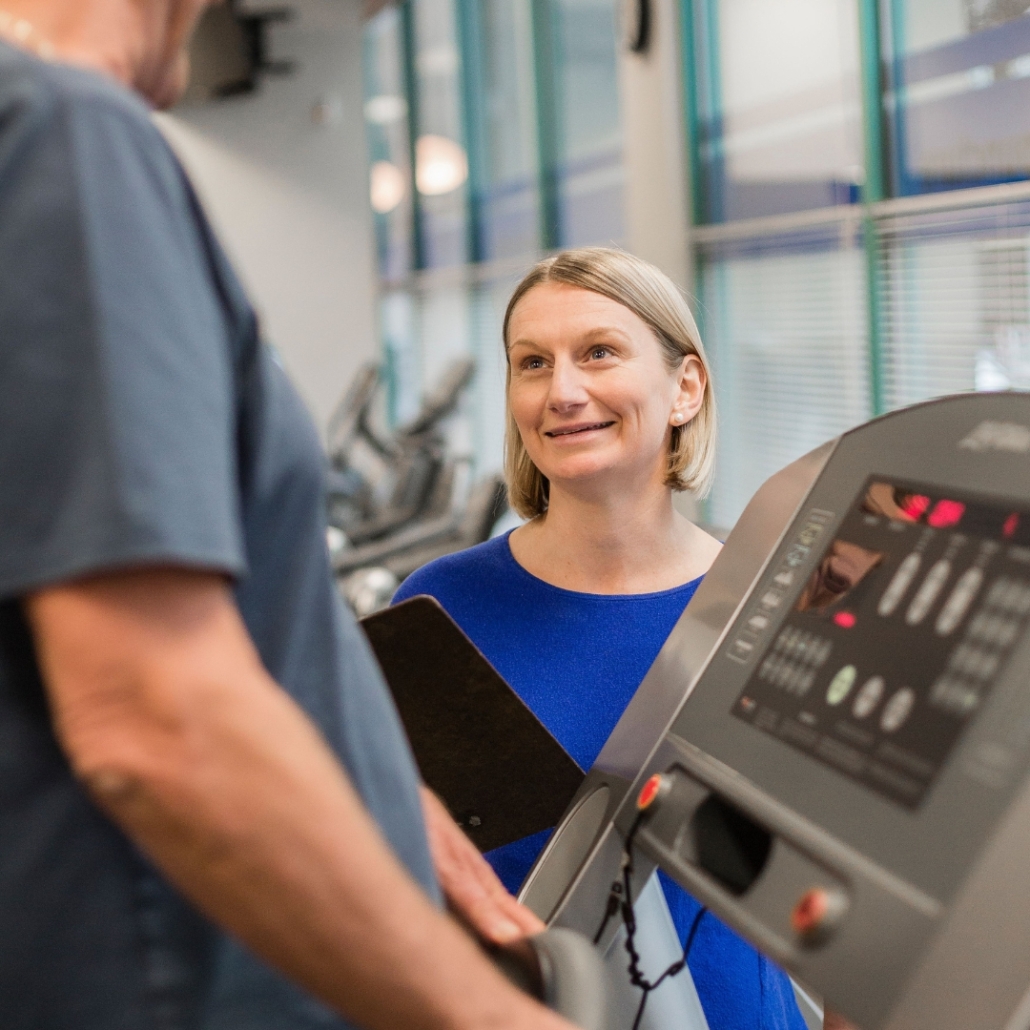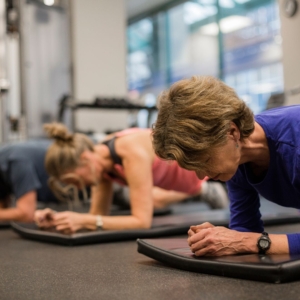Posts
Calling all dancers: 5 Clinical pilates exercises to help prevent injuries
/in Health and Wellness, Physiotherapy, Tips to Elevate Wellness /by Curtis WongSkiers Happy Feet: 5 exercises to keep your feet active and strong during the ski season!
/in Health and Wellness, Physiotherapy, Tips to Elevate Wellness /by Curtis WongSkiers Happy Feet: 5 exercises to keep your feet active and strong during the ski season!
We are well into this year’s ski season! Many of us wait excitedly for November to April in anticipation of getting out on the slopes. But, after a long day of skiing or snowboarding, your feet and calves may feel the burn.
Exercises targeting below the knee are often neglected when warming up and cooling down from activity, especially the feet. Our ankle and foot muscles are much smaller than our legs, BUT the job they do is important for carving, jumping and doing our best pizza (snow plowing).
Below are a few simple exercises with no equipment you can do at home to help strengthen your ankles and feet.
NOTE:
I would be remiss not to mention the tight-fitting and rigid boots required for skiing! Getting your boots properly fitted is essential, and have your boots checked at a ski/snowboard store.
If your boots still aren’t quite right, here are a few tips to increase comfort:
- Add a supportive or cushioned insole.
- Invest in ski socks. These are thin yet warm and padded at the shin and toes to protect you from boot pressure points.
- Ask your ski/snowboard store about punching out your boots. A good boot tech can help with hot spots where the shell of the boot rubs against your foot. This is accomplished by heating up the boot’s plastic and stretching it out in that area. This is especially helpful for individuals with a Tailor’s bunion (6th toe), wide forefoot, ankle pressure, navicular pressure, and heel spurs.
Exercises:
Toe raises
Big toe only – Stand with your feet flat on the floor. Lift only your big toe, then slowly lower. Try to keep your other toes relaxed.
Tip: If you notice your big toe drifting towards your other toes, loop an elastic band around both your big toes to keep them pointing straight. This is especially helpful for individuals with Hallux Valgus (like me!)
Everything but the big toe – Stand flat on the floor. Lift all of your toes up except the big toe, then lower.
Arch raises
Stand with your feet flat on the floor. Lift the arch of your foot up towards the ceiling, keeping your toes touching the floor, then lower.
Tip: Your longitudinal arch runs from your heel to your toes along the foot’s inner border. Picture a string at the top of the arch. Pull the string up towards the ceiling to lift the arch higher.
Rockers
Standing with your feet flat on the floor. Alternate between rising up on the balls of your feet (plantar flexion) and pulling up the front of your foot (dorsiflexion).
Tip: To make this exercise more functional, stand in a squat stance with bent knees, similar to your posture when skiing or snowboarding.
Straight Knee Version
Bent Knee Version
Calf stretch
Stand in tandem (i.e. one foot forward, one foot back). Bend the front knee and keep your back leg straight. You should feel a stretch in your calf at the back of the straight leg.
Tip: Bend both knees to stretch your deeper calf muscles.
Thanks for reading, and enjoy the slopes! Consult your physiotherapist if you experience pain or want to work on conditioning for the ski and snowboard season.
Written by: Allison Evers
Four Benefits of Exercise for Individuals with Cancer
/in Health and Wellness, Physiotherapy, Tips to Elevate Wellness /by Curtis WongFour Benefits of Exercise for Individuals with Cancer
Exercise can be a safe and effective way to help manage the side effects of cancer and its treatments. The great thing about exercise is that it can be used before, during and after all types of treatment and for any cancer. Here are four benefits of exercise for individuals with cancer:
1. Combat Fatigue
Cancer-related fatigue is one of the main side effects that patients deal with, no matter the type of cancer or treatment they receive. Research supports exercise as a first-line treatment for fatigue. The key is to start small and work your way up. Introduce activity into every day, make your goal to start at a minimum of 10 minutes of daily light walking, even on days when you feel incredibly fatigued, then eventually work up to the moderate intensity exercise.
2. Improve Overall Function
Muscular strength and endurance, as well as heart function and efficiency, can be affected by cancer and its treatments. To maintain the ability to be independent and perform basic activities of daily living, we need our bodies to be strong. Regular exercise can help enhance function and is recommended for the best health.
3. Decrease Treatment Side Effects
Regular exercise has been shown to help improve recovery from surgery and decrease and manage the side effects of cancer treatments such as chemotherapy. The key is to start moving and add regular exercise into your daily life. Loss in muscle mass, weight gain, loss of range of motion, neuropathy and many other side effects can be managed with specific exercises, be sure to consult a trained exercise professional for specific exercises.
4. Feel Better
Regular exercise has been shown to improve many things that will make you feel better when it’s normal not to feel at your best. Exercise can improve mood and decrease feelings of depression, anxiety and stress. Additionally, it can help maintain strength, improve quality of life and manage other chronic conditions such as type 2 diabetes and heart disease. Exercise is an energy booster, and a mix of resistance and aerobic training is recommended to give you the best results.
At Treloar, our cancer recovery program offers individualized one-on-one sessions and group classes. Suppose sessions are booked with Ayesha Koome, a Certified Athletic Therapist. In that case, you may get coverage through extended medical providers such as Great West Life, Sunlife, Manulife and Greenshield.
If you have any questions about this article or more information about what we offer in our Cancer Recovery Program, contact Ayesha Koome at ayeshakoome@treloarphysio.com or visit our website HERE.
Don’t Let Pickleball Become Fickleball: Swing Strengthening and Injury Prevention
/in Physiotherapy /by Curtis WongWhat To Expect With Physiotherapy If You Experience A Herniated Disc
/in Physiotherapy /by Curtis WongCalling All Hikers: Important Warm-up Exercises and Tips
/in Health and Wellness, Tips to Elevate Wellness /by Curtis WongCambie & 8th
595 West 8th Ave
Vancouver, BC V5Z 0C4
Map & Directions
604-875-6207 (phone)
604-875-6208 (fax)
Kerrisdale
203 - 5511 West Boulevard
Vancouver, BC V6M 3W6
Map & Directions
604-266-8383 (phone)
604-266-8909 (fax)












